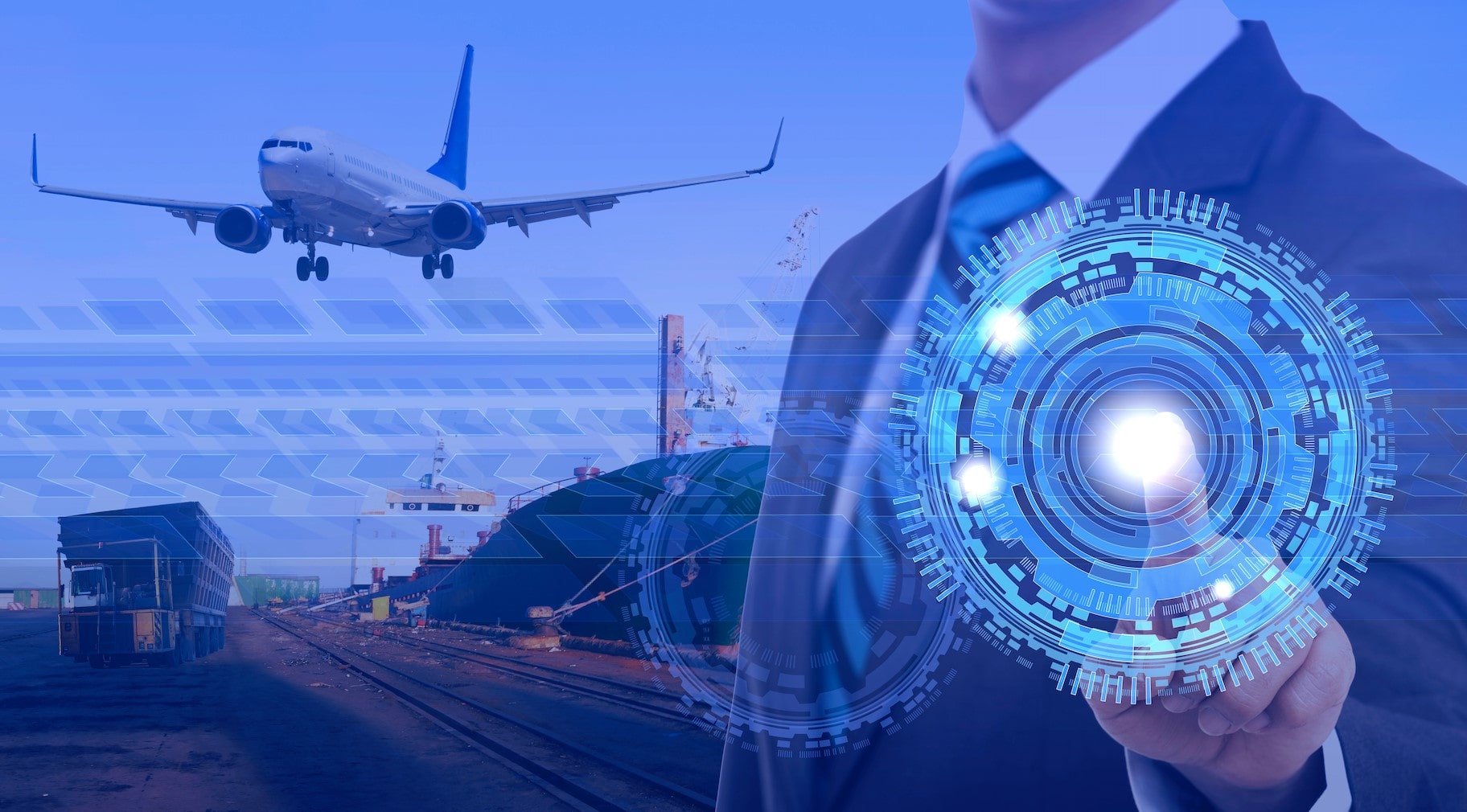
Aviation cybersecurity threats are a growing concern in today's interconnected world. With the increasing reliance on digital systems for everything from flight operations to passenger services, the aviation industry faces unique challenges in safeguarding its infrastructure. Did you know that cyberattacks can target anything from an aircraft's communication systems to airport operations? These threats can lead to significant disruptions, financial losses, and even safety risks. Understanding the nature of these threats is crucial for both industry professionals and frequent flyers. In this post, we'll explore ten essential facts about aviation cybersecurity threats, shedding light on the vulnerabilities and measures taken to protect the skies. Buckle up and get ready to learn!
Key Takeaways:
- Aviation is increasingly reliant on digital systems, making it vulnerable to cyberattacks. Air traffic control and aircraft communication systems are prime targets for hackers, posing potential risks to flight safety.
- The aviation industry faces cyber threats like ransomware and phishing attacks. Real-world incidents, such as the Polish Airline attack and British Airways data breach, highlight the severity of these threats. Measures like security audits and employee training are crucial for combating cyber threats.
The Growing Importance of Aviation Cybersecurity
As technology advances, aviation becomes increasingly reliant on digital systems. This reliance introduces new vulnerabilities. Here are some key facts about aviation cybersecurity threats.
-
Air Traffic Control Systems Are Targets: Hackers can disrupt air traffic control systems, leading to potential chaos in the skies. These systems manage thousands of flights daily, making them prime targets for cyberattacks.
-
Aircraft Communication Systems Vulnerabilities: Modern aircraft use digital communication systems for navigation and communication. These systems can be hacked, potentially leading to miscommunication between pilots and ground control.
Types of Cyber Threats in Aviation
Understanding the types of threats helps in preparing defenses. Here are some common cyber threats faced by the aviation industry.
-
Ransomware Attacks: Cybercriminals can lock down critical systems and demand ransom. Airports and airlines have faced such attacks, disrupting operations and causing financial losses.
-
Phishing Attacks: Employees in the aviation sector are often targeted with phishing emails. These emails trick them into revealing sensitive information or installing malware.
Real-World Incidents
Real-world incidents highlight the severity of these threats. Here are some notable examples.
-
2015 Polish Airline Attack: In 2015, hackers attacked LOT Polish Airlines, grounding 10 flights and affecting over 1,400 passengers. The attack targeted the airline's ground operations system.
-
British Airways Data Breach: In 2018, British Airways suffered a data breach that compromised the personal and financial details of 380,000 customers. This breach highlighted the vulnerability of airline customer data.
Measures to Combat Cyber Threats
To combat these threats, the aviation industry employs various measures. Here are some strategies used to enhance cybersecurity.
-
Regular Security Audits: Airlines and airports conduct regular security audits to identify and fix vulnerabilities. These audits help in maintaining robust cybersecurity defenses.
-
Employee Training Programs: Training programs educate employees about cybersecurity best practices. Awareness helps in preventing phishing attacks and other social engineering tactics.
Future of Aviation Cybersecurity
The future of aviation cybersecurity involves advanced technologies and strategies. Here are some trends to watch.
-
Artificial Intelligence in Cybersecurity: AI can detect and respond to cyber threats faster than human analysts. The aviation industry is increasingly adopting AI to enhance cybersecurity measures.
-
Blockchain Technology: Blockchain offers a secure way to manage data and transactions. Its adoption in aviation can help in securing communication and data exchange between different systems.
Understanding these facts about aviation cybersecurity threats is crucial for ensuring safe and secure air travel.
Staying Ahead of Cybersecurity Threats
Aviation cybersecurity threats are real and evolving. Airlines, airports, and passengers must stay vigilant. Hackers target everything from flight systems to personal data. Keeping software updated and using strong passwords can help. Training staff on cybersecurity practices is crucial. Collaboration between airlines and cybersecurity experts is essential. Sharing information about threats can prevent attacks. Passengers should also be cautious. Avoid using public Wi-Fi for sensitive transactions. Be aware of phishing scams. The aviation industry must invest in advanced security measures. Regular audits and assessments can identify vulnerabilities. Staying informed about the latest threats is key. Cybersecurity is a shared responsibility. Everyone has a role in keeping the skies safe. By working together, we can protect against cyber threats. Let's stay one step ahead of the hackers. Safe travels!
Frequently Asked Questions
Was this page helpful?
Our commitment to delivering trustworthy and engaging content is at the heart of what we do. Each fact on our site is contributed by real users like you, bringing a wealth of diverse insights and information. To ensure the highest standards of accuracy and reliability, our dedicated editors meticulously review each submission. This process guarantees that the facts we share are not only fascinating but also credible. Trust in our commitment to quality and authenticity as you explore and learn with us.


